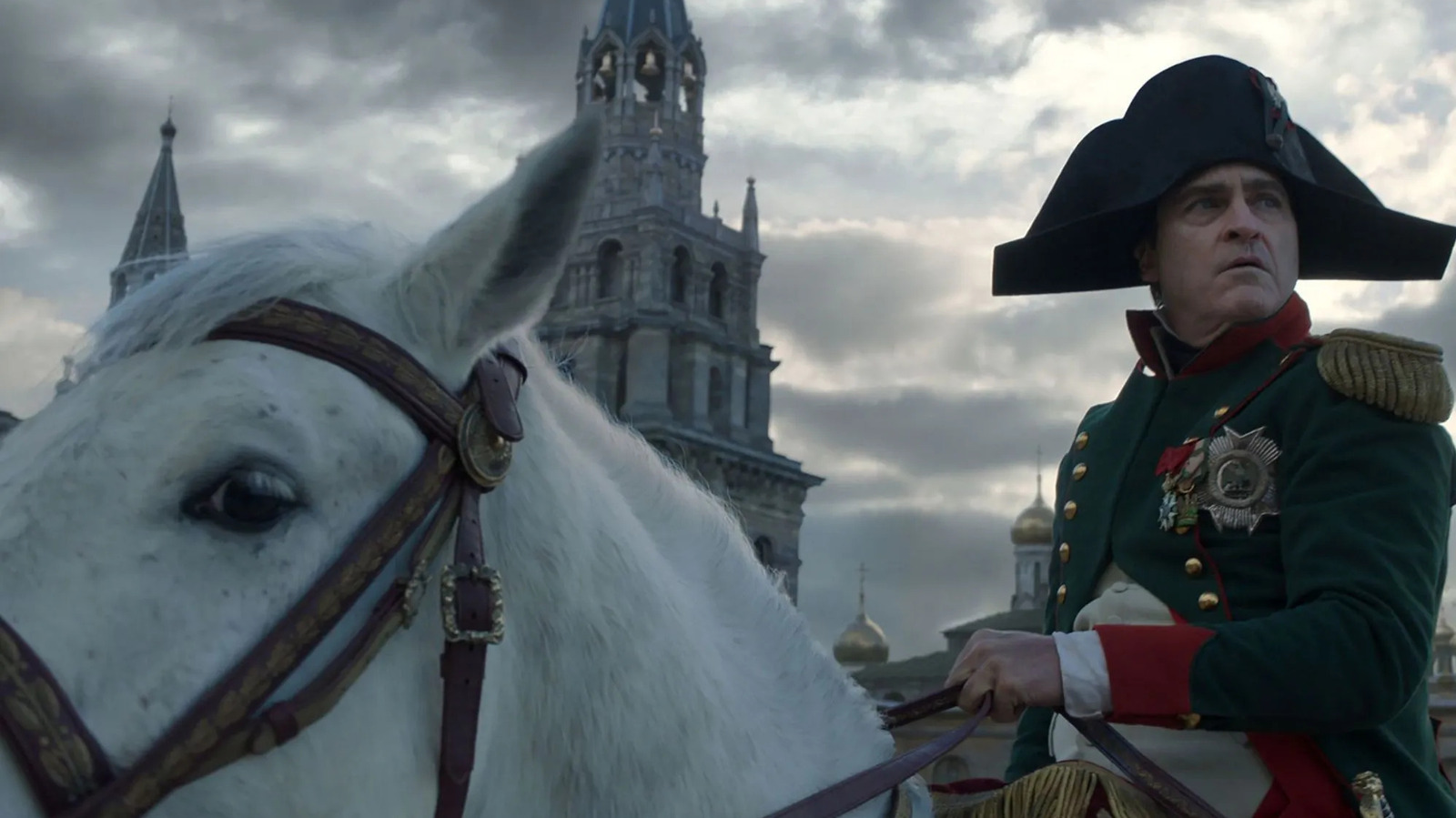
Early in his profession, Kubrick was a photographer, and his fashion was naturalistic, even gritty. Kubrick’s early images, although kinetic, would not lead one to foretell his balletic airtight ascetic aesthetic. His early films, drawn from his images, are dusty and shadowy and sweaty. Many have seen his movies “Concern and Deasire” (1952), “Killer’s Kiss” (1955), and “The Killing” (1956) and have been struck by their humanity and gruffness; they’re a far cry from the sterile world of “2001: A House Odyssey.”
It was throughout this era that Kubrick banged out a screenplay primarily based on a notable 1913 German novella. The director stated:
“One was a screenplay of Stefan Zweig’s story, ‘The Burning Secret,’ which Calder Willingham and I wrote within the center fifties, for Dore Schary at MGM, after I made ‘The Killing.’ The story is a couple of mom who goes away on trip with out her husband however accompanied by her younger son. On the resort lodge the place they’re staying, she is seduced by a sexy gentleman she meets there. Her son discovers this however when mom and son ultimately return house the boy lies at an important second to forestall his father from discovering the reality.”
He added: “It is a good story however I do not know the way good the screenplay was.”
Notably, “The Burning Secret” had already been tailored to movie in 1923 by director Roche Gliese, and in 1933 by director Robert Siodmak. The 1933 model featured German stars Alfred Abel and Hilde Wagener. As a result of the story concerned uncritical themes of marital infidelity, Siodmak’s movie was attacked by Joseph Goebbels. Kubrick’s movie would have been an English-language remake. By the way, “The Burning Secret” was remade in English in 1988 with Faye Dunaway.






